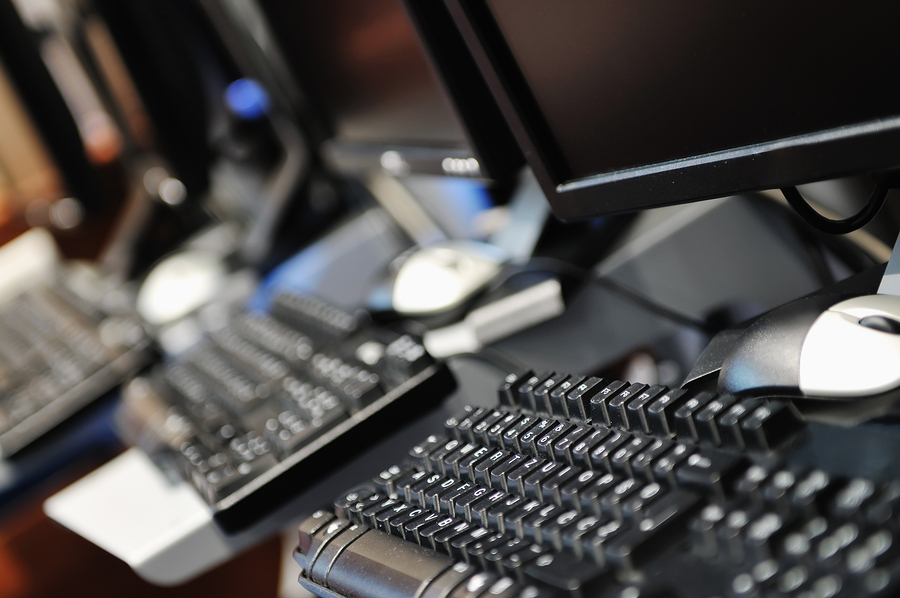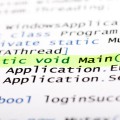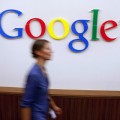 D-Wave, the only provider of commercial quantum computers, announced in May a new collaboration with Google, NASA and the Universities Space Research Association (USRA) focused on machine learning.
D-Wave, the only provider of commercial quantum computers, announced in May a new collaboration with Google, NASA and the Universities Space Research Association (USRA) focused on machine learning.
The computer, the D-Wave Two, will be installed at the Quantum Artificial Intelligence Lab in Palo Alto, Calif., and ready for use by Q3. The computer will be used by these organizations to solve complex problems facing the industry, as well as for university research projects.
According to an article in Scientific American, USRA expects great demand from researchers for use of the new quantum computer. Daniel Lidar, Director of the University of Southern California’s Quantum Computation Center, states in the article that judging by the initial third party requests for time to use the computer, demand is great and there will probably be more projects seeking computing time than can be accommodated.
Outside researchers will be able to use 20 percent of the D-Wave Two’s time as part of the agreement for research projects. The USRA provides information on how universities may apply for time to use the D-Wave Two. Researchers whose projects are selected from the competitive application process will be able to use the D-Wave Two at no cost.
Machine learning systems are used in many industries and incorporate pattern recognition, data mining, knowledge discovery, automated classification and clustering. The idea behind machine learning is that systems can be structured so that they learn from past results. Machine learning attempts to build a better model by analyzing complicated patterns of data more quickly and more efficiently than earlier computers.
It’s a branch of artificial intelligence of keen interest to search giant Google, who hopes to improve its search engine through the new project. Machine learning is used in such diverse fields as computational finance, website searches, smart responses on iPhones and many other business, science and research projects that rely upon complicated and complex data streams.
Among science researchers at universities, competition for time on the D-Wave Two is likely to be keen. Predicting climate change models, analyzing complicated neuroscience data and seeking solutions to aeronautics problems may be easier for them thanks to this new and promising collaboration.
[cf]skyword_tracking_tag[/cf]






No Comment